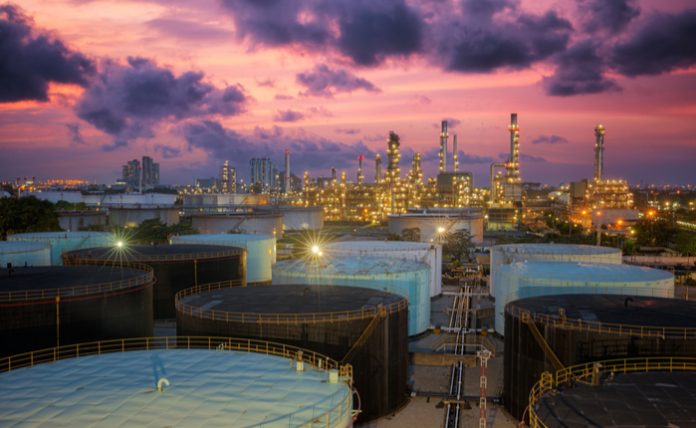One of the best performing sectors so far this year has been energy-related commodities. While some markets, like crypto, have expanded and contracted, oil and gas has been steadily gaining in value. As the global economy continues to ramp up alongside continued vaccination rates, demand for oil is projected to continue skyrocketing as well. It’s gotten to the point that many analysts now suspect that oil could top $100 per barrel once again.
International standard Brent crude was trading on Thursday at around $74.9, while American standard West Texas Intermediate was trading at just over $75. That’s already the highest price of oil seen in almost three years, with oil having shot up more than 50% so far this year. With demand continuing to rise and demand remaining relatively stable (despite the influx of oil from sources like Libya) it’s led to a massive deficit between demand and supply.
“During the month of June, we estimate that the market was in a 2.3 million barrel per day deficit…The bottom line, demand is surging as we head into the summer travel season, and that is against a nearly inelastic supply curve,” said Jeff Currie, head of commodities research hand Goldman Sachs. Currie has previously said that he thinks prices could stabilize at around $80 per barrel in the third quarter of 2021.
In contrast, Jeremy Weir, CEO of a world-leading commodities trading company, said earlier in June that he expects prices could hit as high as $100 per barrel sometime soon. His main argument is that global oil supplies are rapidly dwindling, having declined from 15 years of reserves to around ten years of reserves as of 2021. Because of this, he thinks prices are due to rise even higher.
Therefore, we’re seeing a lot of companies that were previously fearful back in 2020, when prices plunged down to $20 per barrel, now become incredibly greedy from a business perspective. This includes divesting some of their outdated oil-producing assets, especially since valuations are so high in the current market climate.
OPEC also announced on Thursday that it would be going ahead with a potential supply increase of half a million barrels per day. A virtual meeting amongst members, spearheaded by Russia and Saudi Arabia, pushed ahead a motion to increase production during this period of high prices. However, there’s a lot of skepticism about whether OPEC will manage to do this or not. These countries have already largely returned to pre-pandemic levels of oil output, and the proposed plan to further increase output is far from certain whether it’s feasible or not.
Previously, OPEC only met once every six months. Following the pandemic, however, as well as the dramatic plunge in oil prices last year, OPEC increased the frequency of its meetings to once a month. Since then, OPEC has regained its position as the main influencer of global oil prices. Even despite the increased output in the Permian Basin, which previously had a bearish effect on oil prices, the demand for oil has reached a point where even this increased American output isn’t having much of an impact.










